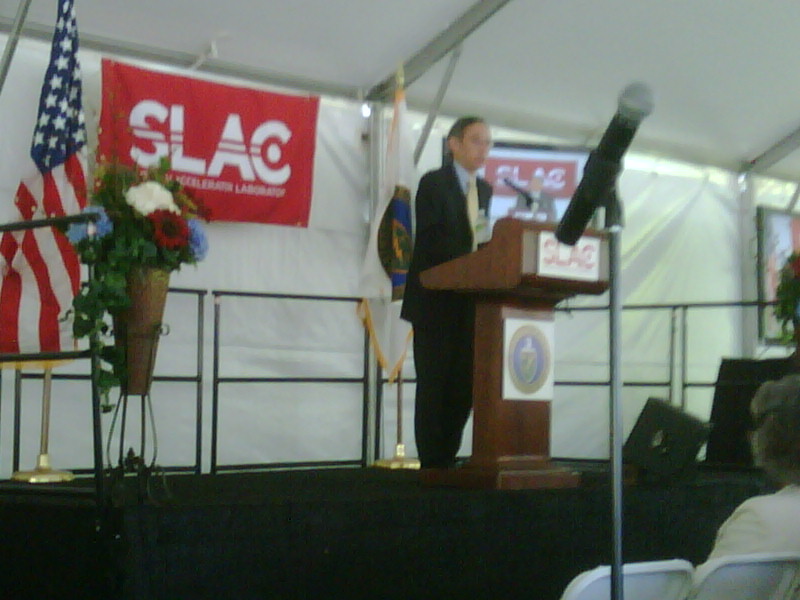The past few months have been crazy, by normal scientific standards. My instincts as a scientist tell me to be cautious in all proceedings, to carefully weigh and study choices and make decisions based on a balance of return and investment. For instance, if I have a choice to do an analysis quickly and fairly accurately, or slowly and unflappably perfect, I’ll usually pick something closer to the former. Why? As Professor Loyal Durand once said, “The most important thing you can learn [in this class] is when you’ve done enough work to present a result worth handing in.” By this, he meant that you could spend two or three more days taking your physics problem set from 85-90% completed to 97% or 99.9% completed, but that last 10-15% is often beyond the point of diminishing returns. It’s means you have to recognize the difference between struggling through a problem to learn a subtle mathematical truth, and struggling through that last integral in part d just to get it cranked out.
Let me make this more concrete: a physicist can spend 3 months doing a great job, warranting a public presentation of the result, or a physicist can spend 2 years doing a perfect job, get scooped, and at the end feel like a painstaking cross-check rather than an original work. This is the danger of science – your instinct is to do a perfect job, while in practical terms perfection is impossible and you have to learn when you’ve done enough to publish, and move the analysis forward after publication. This is a tough lesson, perhaps the hardest in science: *when is enough good enough?*
It’s not about cutting corners (unless you’re a strict perfectionist – then it always looks like cutting corners). It’s about learning when you’ve quantified enough of your understanding to convince the community of the value and meaning of your work, without necessarily nailing every detail down to below the percent level. This is the game all particle physicists seem to be playing at this time of year, as the summer conferences approach.
This morning was a break from all that fret and worry about analysis. When I arrived at work, one of the students dropped by my office with a small envelope. Turns out this little envelope was a thank-you letter from Deputy Secretary of Energy Clay Sell, whom I had the pleasure of meeting and giving a brief tour about two months ago. He was a pretty energetic guy, younger than I would have expected, and this gesture of thanks was a remarkable breath of fresh air in a relationship where scientists normally take DOE for granted, and DOE takes our work for granted.
Tomorrow, I am heading to San Francisco to the Russian consulate to apply for a visa. I’m giving a 10-minute – YES, 10-minute – talk at the International Conference on High-Energy Physics (ICHEP) at the end of the month, and I have only about two weeks left to secure the visa for travel to the Russian Federation. It’s a bit intimidating, and overwhelming, and I can’t imaging that I’m feeling even a 10th of what most immigrants and/or visitors to the U.S. must feel when they go through this process. Regardless, the opportunity to go to Moscow, see that historic city, and cross brains with the entire global particle physics community is a rare and precious opportunity. Besides, I’m looking at it positively: I only have to spend 10-minutes talking to earn 7 days of conference goodness!
To close, here are some more endearing photos from the terminus of my youth: my 30th birthday!





